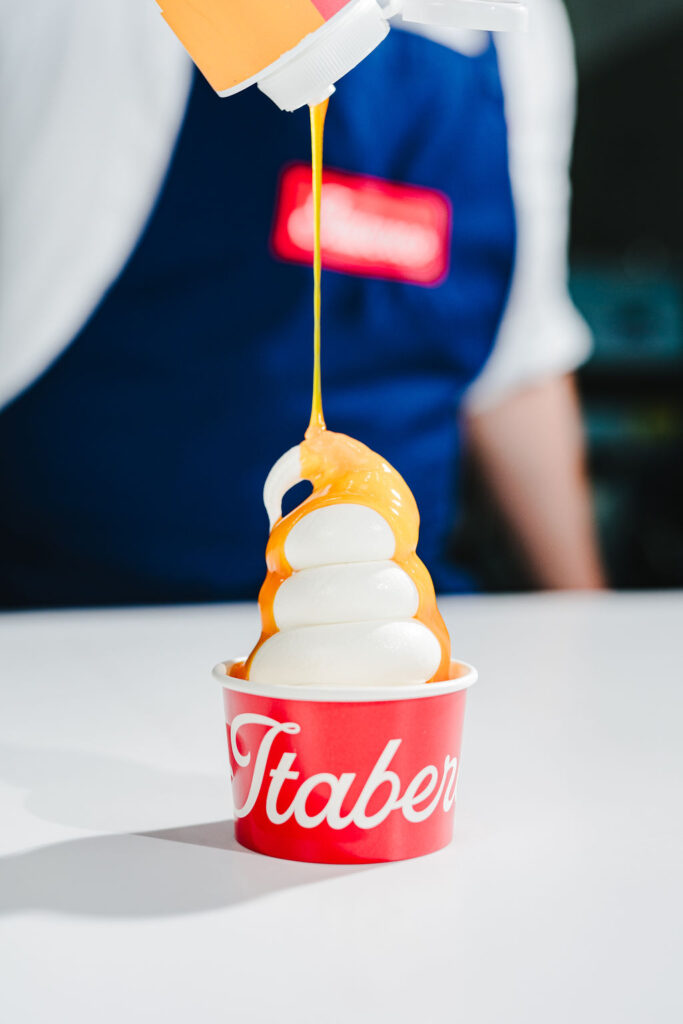You’ve noticed the growing demand for organic options on menus everywhere. Your customers are increasingly conscious about what goes into their food, and they’re willing to pay a premium for products that align with their values. As you look to innovate and elevate your frozen dessert offerings, organic soft serve presents an exciting opportunity to stand out in the market.
But what does “organic” really mean when it comes to soft serve? Is it worth the investment? And how can you navigate the complexities of organic certification without compromising on flavor or texture?
This guide will walk you through everything you need to know about creating exceptional organic soft serve that satisfies both regulatory requirements and customer expectations.



